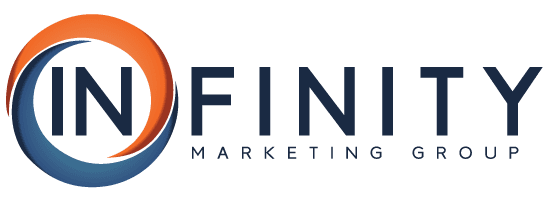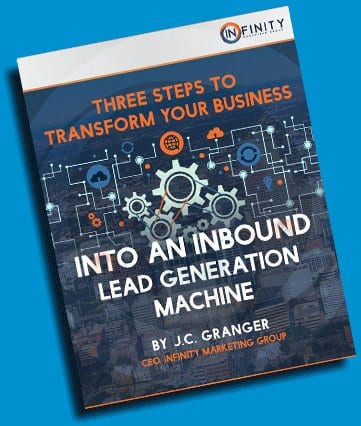Marketing for Software as a Service is different than marketing software traditionally. It’s also different than marketing a true service, since you still have to focus on selling the product. Luckily, the unique marketing advantages of social media for SaaS help make marketing for software in this space easier. Social media may be a needed part of your digital marketing arsenal to start, but a smart marketer can make it work especially well for SaaS.
How Social Media Helps Lead Generation
Social media plays a role in both building potential customer trust and in directing prospects to your website. If you’re doing the right thing and creating content aimed to attract and convert customers, social media is your promotional tool. Twitter, Instagram and even LinkedIn can all act as publication outlets letting you share those marketing materials with the world. Those links back to your site also help with your website’s off-page SEO, meaning that sharing content on social media helps customers find you through organic search, too.
The Benefits & Challenges of Social Media for SaaS
In social media marketing, software as a service has a few benefits and challenges that other products or services might not have. Social Media can be a double-edged sword for SaaS depending on how the company interacts with customers online, specifically because of the main aspect of social media: it’s social.
With social media, your SaaS company can follow and enter relevant conversations, collect feedback from customers, and step in to soothe customer service problems before they get too big or damage the company’s reputation. The ability to interact directly with your audience has a lot of benefit for SaaS, because their low starting cost for customers makes it easy to gain new customers quickly by raising their brand awareness.
The majority of SaaS profit, on the other hand, is made from recurring customers, not first-purchase customers, meaning it’s even more important for SaaS customers to use social media’s customer interaction and discussion monitoring tools to solve customer problems early and in a way that makes the company look good. Mishandle customer interactions on Twitter, and you won’t just lose one client– you risk other customers and even potential customers seeing your mistake.
Choosing Your Social Media Platforms
Your SaaS company doesn’t have the time or money to be active on all social media platforms constantly and consistently—and it isn’t necessary to try and take on everything. For the best social marketing results, you need to spend your SaaS marketing resources where they’ll do the most good.
Make sure, first and foremost, that the platforms you’re using are the same ones your audience is using. If your software as a service is built for small businesses in need of easy bookkeeping, you don’t need to be on Snapchat. It’s more likely you’ll get in front of small business owners on LinkedIn, which is B2B and networking focused. Similarly, if you’re trying to convince avid knitters to use your easy pattern-creation software, you’ll want to be somewhere like Pinterest, where people will share pictures of their crafting projects.
Here’s a quick breakdown of the most popular platforms’ strengths and weaknesses to help:
- Facebook: Versatile post structure works for text, image, video & more. Large audiences & almost everyone is on it.
- Twitter: Small post size keeps information concise and digestible. Take advantage of its ability to include images and video in post.
- LinkedIn: If your SaaS is B2B focused, this is a must. Make sure to join groups that are relevant to your product.
- Pinterest: Wholly visually focused, so not great for SaaS. Works better for physical products, but you could potentially use it to share and build a library of infographics.
- Instagram: Again, visually focused, so unless your software has a physical element to it (like the knit-patterning example above) not great for SaaS.
- YouTube: Video is statistically the medium most likely to hold your audience’s attention. Motion-graphic explainer videos can help demonstrate your software’s benefits.
Once you’ve chosen your platform, make sure to set up notifications to help you keep track of conversations mentioning your brand, or even just your industry in general. Look for opportunities to join customer conversations organically. Follow other social media accounts that are posting about your SaaS’s targeted industry and post timely content to address what’s going on in your customers’ communities in real time.








